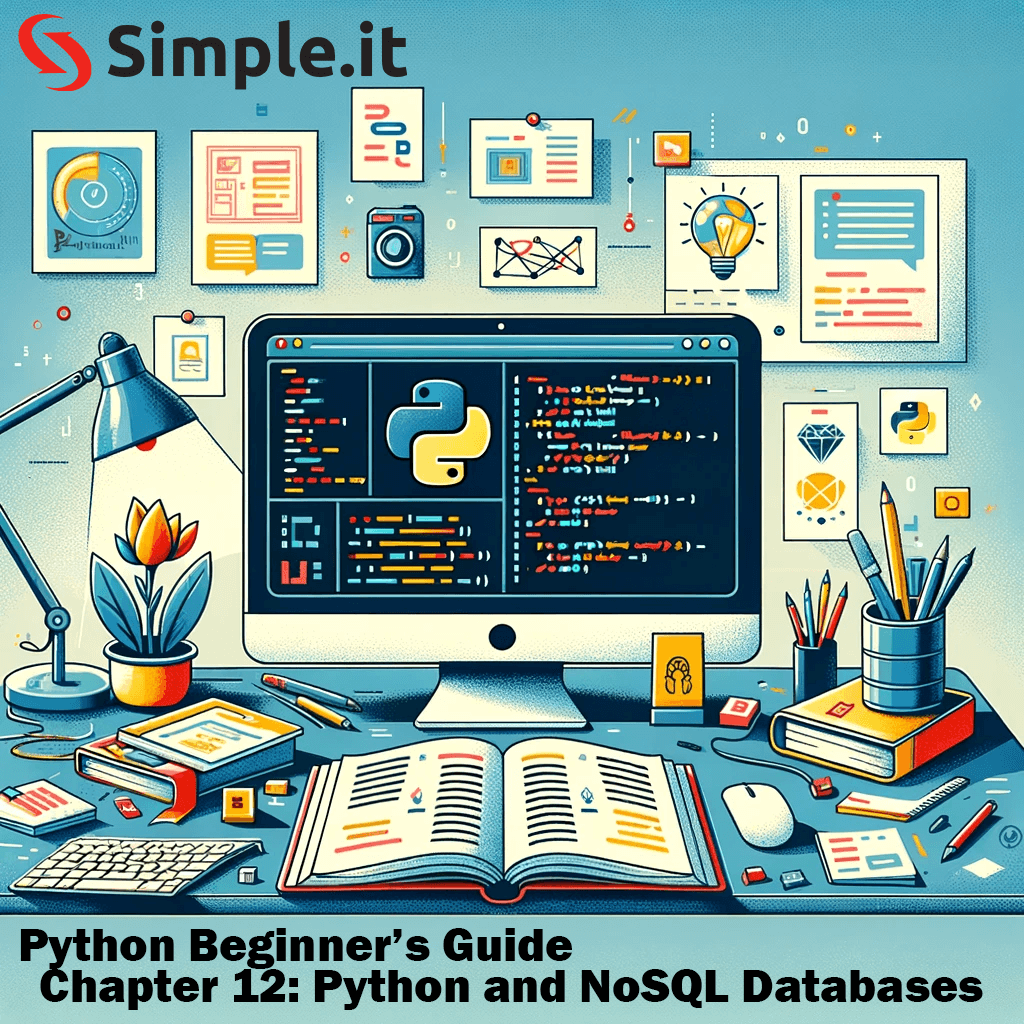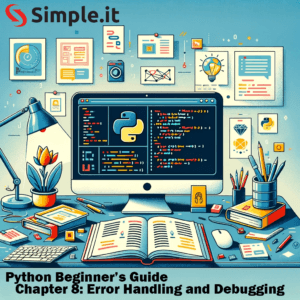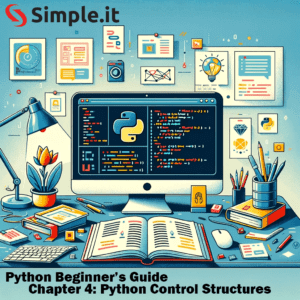In the world of database management, MongoDB has emerged as a leading NoSQL database, prized for its scalability, flexibility, and ease of use. For Python developers, integrating MongoDB into their projects can unlock new potential in handling large-scale, unstructured, or semi-structured data. This lesson provides an introduction to MongoDB and demonstrates how to interact with it using Python, covering fundamental operations like creating, reading, updating, and deleting documents. Using Python and MongoDB is a typical choice for document management and large data application.
Python and MongoDB
Introduction to MongoDB
MongoDB is a document-oriented NoSQL database, which means it stores data in JSON-like documents with dynamic schemas (in MongoDB, these are called BSON). This flexibility allows data to be stored in a way that’s more conducive to rapid development and horizontal scalability.
Key Features of MongoDB
- Schema-less Storage: Unlike SQL databases, MongoDB does not require a predefined schema, making it ideal for applications with evolving data models.
- Scalability: Designed for scalability, MongoDB supports sharding, allowing horizontal scaling across multiple nodes.
- Rich Query Language: MongoDB provides a rich set of query operations and data aggregation tools.
Why use Python and MongoDB
MongoDB, a popular NoSQL database, is known for its flexibility, scalability, and performance. It’s particularly well-suited for a variety of applications and use cases where traditional relational databases might not be the optimal choice. Some of the typical uses for MongoDB include:
- Big Data Applications: MongoDB’s ability to handle large volumes of unstructured and semi-structured data makes it an excellent choice for big data applications. It can store and process a massive amount of data efficiently.
- Content Management Systems (CMS): Given its schema-less nature, MongoDB is well-suited for managing various types of content and user-generated data in CMS platforms.
- Mobile Applications: MongoDB’s flexibility and JSON-like document structure make it suitable for mobile applications that require a fast and scalable database solution to handle varied and evolving data types.
- Real-Time Analytics: MongoDB can be used for real-time analytics due to its ability to handle large-scale data in real-time and its support for powerful aggregation frameworks.
- Internet of Things (IoT): In IoT applications, MongoDB can handle and store data from various sensors and devices efficiently. Its ability to handle varied and rapidly changing data formats is particularly useful in IoT scenarios.
- Catalogs and E-Commerce Applications: MongoDB is a good fit for e-commerce platforms and product catalogs where products can have a variety of attributes and frequent schema changes.
- Single Page Applications (SPAs): MongoDB’s JSON-like document format aligns well with the data requirements of SPAs, offering a seamless way to store and retrieve data.
- Document and Data Management Applications: Due to its nature as a document database, MongoDB is adept at handling document and data management applications where each record can be a complex structure.
- Social Networks: MongoDB can manage large-scale social data like user profiles, interactions, comments, and feeds.
- Geospatial Applications: MongoDB offers robust geospatial features and is suitable for applications that require geospatial indexing and querying.
Advantages in These Use Cases
- Schema Flexibility: MongoDB does not require a predefined schema, making it easy to adapt to changes in data structures.
- Scalability: It offers high scalability both vertically and horizontally, which is essential for applications with large and growing datasets.
- Performance: MongoDB provides high performance, especially in read and write operations, which is critical for real-time and high-volume applications.
- Developer-Friendly: The use of JSON-like documents and a rich query language makes it developer-friendly and easy to integrate with modern web applications.
Conclusion
Python and MongoDB’s versatile and flexible nature makes it a go-to choice for modern applications dealing with diverse, large-scale, and evolving datasets. Its ability to meet the demands of various use cases, from IoT to e-commerce and big data analytics, demonstrates its capability as a comprehensive data management solution.
Interacting with MongoDB Using Python
To work with MongoDB in Python, you need to use the pymongo library, which is the official MongoDB Python driver.
Setting Up pymongo
First, install the pymongo package:
pip install pymongoEstablishing a Connection
Connect to a MongoDB instance using MongoClient from pymongo.
from pymongo import MongoClient
client = MongoClient('mongodb://localhost:27017/')
db = client.mydatabaseCRUD Operations in MongoDB
Creating Documents
To add data to MongoDB, use the insert_one() or insert_many() methods.
collection = db.students
student = {"name": "Alice", "age": 22, "subjects": ["Math", "Science"]}
collection.insert_one(student)Reading Documents
Retrieve documents using find_one() for a single document or find() for multiple documents.
# Find one document
student = collection.find_one({"name": "Alice"})
# Find all documents
all_students = collection.find({})Updating Documents
Update documents using update_one() or update_many() methods.
collection.update_one({"name": "Alice"}, {"$set": {"age": 23}})Deleting Documents
Remove documents using delete_one() or delete_many().
collection.delete_one({"name": "Alice"})Resources for Further Learning
- To explore more about Python’s interaction with MongoDB, visit the official Python website.
- Check out our comprehensive Python Beginner’s Guide for more insights into Python and database management.
- For more programming tips and tutorials, visit the programming section of our blog.
Conclusion
Integrating MongoDB with Python offers a powerful solution for managing and querying large sets of unstructured data. By leveraging Python’s simplicity and MongoDB’s flexibility, developers can build scalable, efficient, and robust applications capable of handling diverse data requirements. Whether you’re dealing with large-scale web applications or complex data analytics, understanding how to utilize Python and MongoDB together is an invaluable skill in today’s data-driven world.



